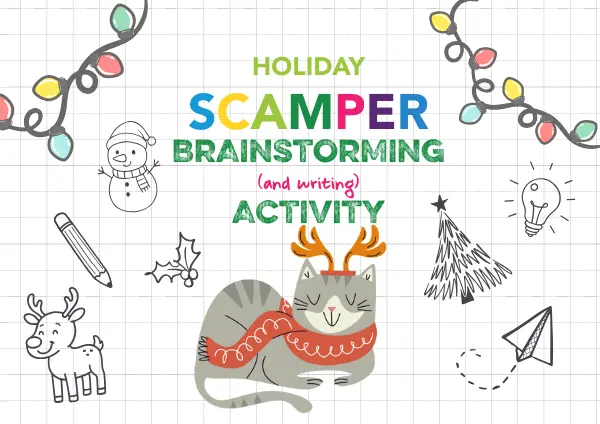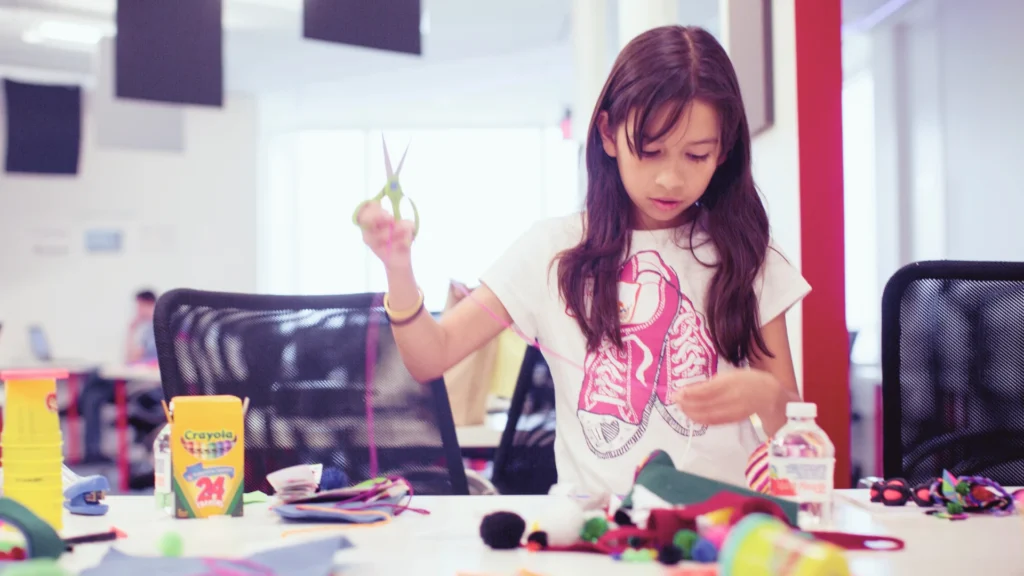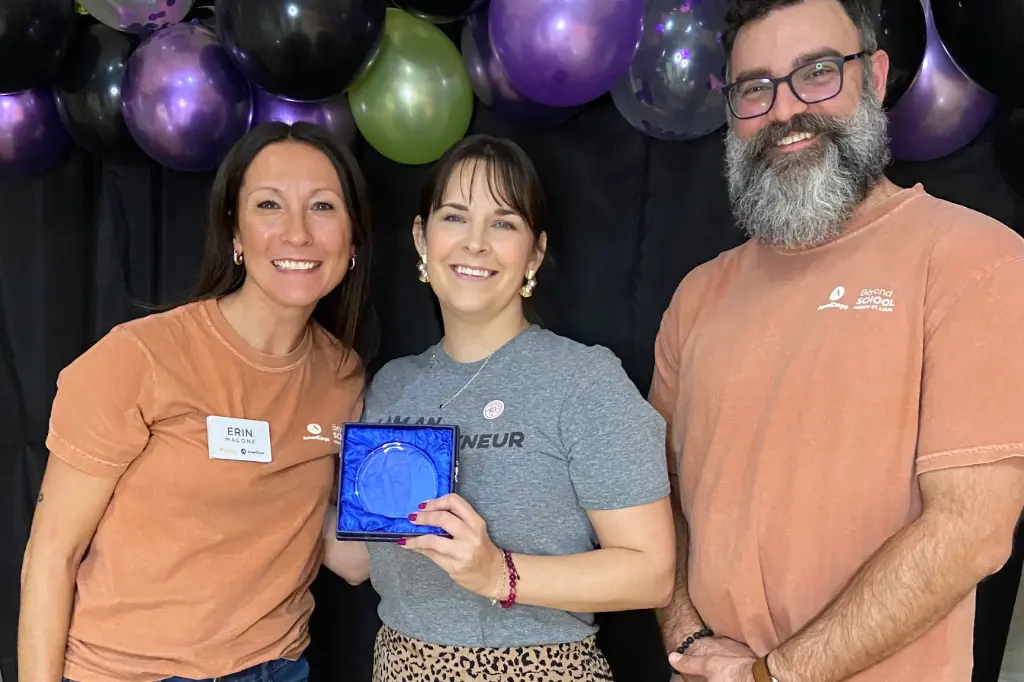
Thinking Creatively and Messily
Dr. Cristal Glangchai |
January 30, 2018

Our pop-culture mind values creativity in music, the visual and performing arts, media, digital design, and self-expression. But our K-12 education system is heavily focused on student “outputs,” how well children perform on standardized tests, and how well they tell admissions officers what they want to hear.
In today’s society, we praise creativity but penalize children who express it. What we don’t realize is that we’re losing out on a national resource.
“All children start their school careers with sparkling imaginations, fertile minds, and a willingness to take risks with what they think,” says Sir Ken Robinson, an influential voice for transforming schools to encourage creativity and to develop more fully our human potential. But later in life: “Many highly talented, brilliant creative people think they’re not—because the thing they were good at in school wasn’t valued, or was actually stigmatized.” (P.S. Check out his amazing TED talk on schools and creativity).
Dr. dt ogilvie, who teaches urban entrepreneurship and design thinking at the University of Rochester, finds that creativity is systematically discouraged. She says, “Ninety-nine percent of kindergartners are creative, but by the end of elementary school, creativity plummets. We frown on children for being creative. I was with the CEO of a major multimedia conglomerate who was bragging about his ‘creativity group,’ and yet said, ‘We don’t tolerate failure here.’ That’s a big disconnect. Creativity is messy. Imagine if Edison worked for a modern company and hadn’t gotten the light bulb right yet.
‘Tom, what’s going on? Is there a problem?’
‘I’m working on the light bulb.’
‘You’ve been at it now for what, 20 tries?’
‘9,901. I’m not there yet. But I’m learning—’
‘I think you need a new job.’

“People expect ideas to come out full-blown and perfect,” says Dr. Ogilvie. “If you come up with a crazy idea, you may never get promoted. But great ideas start messy and are seldom the product of one person. It takes a team to bounce an idea around, piggy-back, ask questions that help. It’s not just about creative product design; there are opportunities for creativity up and down the value chain—technology, materials, marketing, customer service, packaging, distribution.”
Expressing creativity in school can result in a poor grade. Even activities that are ostensibly creative can lead to criticisms that crush the creator’s spirit. Writing can draw feedback that makes girls feel they’ll never be good at writing. A former English teacher described her frustration serving on a one-size-misfits-all committee. “Our job was to judge middle-schoolers’ essays and pick the winner on assigned topics that would make anyone snooze,” this teacher says. “There was one essay on ‘my summer vacation’ that was delightful, warm, with an intelligent twist. I’d have given it first prize. But it didn’t even place because it didn’t follow writing conventions. I wish I’d been able to find that girl and say, ‘Loved it, keep it up! Stay different!’”
As assumption-busting journalist Malcolm Gladwell says, “Let’s be thankful that Cézanne didn’t have a guidance counselor in high school who looked at his primitive sketches and told him to try accounting.”
So, what’s to be done? The U.S. education system is a gigantic ship that can’t just turn course at once. So much is subsumed by formulaic requirements. Some of the best-intentioned changes, like the Common Core State Standards Initiative, thickened standardized test culture and thwarted educators who aspired to do things differently. How do we nurture free-range curiosity and creative thinking in all students, without fear of failure, judgment or poor grades?
This is where entrepreneurial education begins. It does not change the lumbering system, but it introduces new possibilities for teaching a new set of skills—entrepreneurial skills—that are correlated with success for all students, that stimulate curiosity and creativity, and particularly for girls, spark interest in eSTEAM.
I’d love to hear from you about how you encourage the girls in your life to express creativity. Thank you for sharing.



